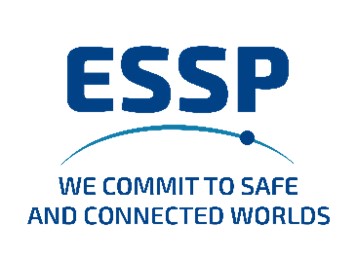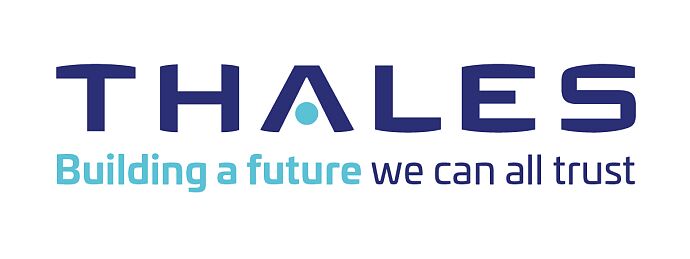PAGE CONTENTS
Objectives
EURIALO aims to address the need for a robust and resilient global surveillance system, contributing to the worldwide Air Traffic Management (ATM) modernization and completing the European CNS infrastructure outlined in the European (ATM) Master Plan. By introducing an independent, passive satellite-based surveillance solution, EURIALO overcomes gaps and interference issues from conventional terrestrial-based tracking systems. Utilizing geolocation MLAT technology, it verifies the exact aircraft location independently of GNSS, providing the most advanced and reliable aviation surveillance system able to track planes in real-time from take-off to landing anywhere in the world. This project marks a significant and critical advancement in air traffic safety, security, and the sustainability of air travel.

Challenges
Currently, aircraft tracking relies on terrestrial systems such as radars and aircraft self-reported positions (e.g. ADS-B) based on GNSS. Radar use faces limitations due to earth curvature, signal obstruction from obstacles like mountains and tall structures, as well as over remote areas like oceans and deserts. In addition, in certain densely packed traffic regions certain systems are facing challenges related to over-interrogation, potentially resulting in excessive interference and, in extreme cases, the aircraft’s inability to respond. On the other hand, GNSS satellites are vulnerable to interference, jamming and spoofing, hindering the confidence in the aircraft’s positions thus posing risks to the efficiency and safety of air traffic control operations. Developing and implementing a global flight tracking system independent of GNSS is a critical step towards enhancing air traffic safety and security.
System Architecture
Orbiting in low Earth orbit (LEO), the satellites utilize antenna arrays to consistently receive and track RF signals, establishing direct communication among themselves or via intermediary relay stations to transmit data to ground-based systems for accurate aircraft position determination. Intersatellite links (ISL) facilitate uninterrupted communication between all constellation satellites and ground stations. As several satellites receive the same aircraft signal, the intersection point is calculated from the different signal transit times between the aircraft and the various satellites.

Plan
Spire will develop the mission and system design for a fully global, operational satellite constellation, and later design, deploy, and operate a demonstrator mission with launch planned no earlier than 2025: the aim is to validate the performance of the designed system and the embedded critical technologies.
Following the initial design and demonstrator phases, the opportunity will exist to be selected to build out the full constellation, consisting of a greater number of satellites. Spire will lead a consortium of major industry players for the contract, including ESSP (European Satellite Services Provider), a leading space-based CNS services provider, ENAV, the Italian ATM/ANS provider, and Thales, a global technology leader in the markets of defence, digital identity, security, aerospace, space and transport.
Current Status
The project has successfully completed the Preliminary Requirements Checkpoint (PRC), focusing on the following key objectives during the review:
- Full System Mission, User & Service requirements definition
- Preliminary FOS (Full Operational System) End-to-end system and performance requirements
- Preliminary Full system Architecture design
Current Work in Progress includes:
- Detailed Full System Requirements
- Preliminary Demonstration mission requirements
- Critical technology definition & development planning





